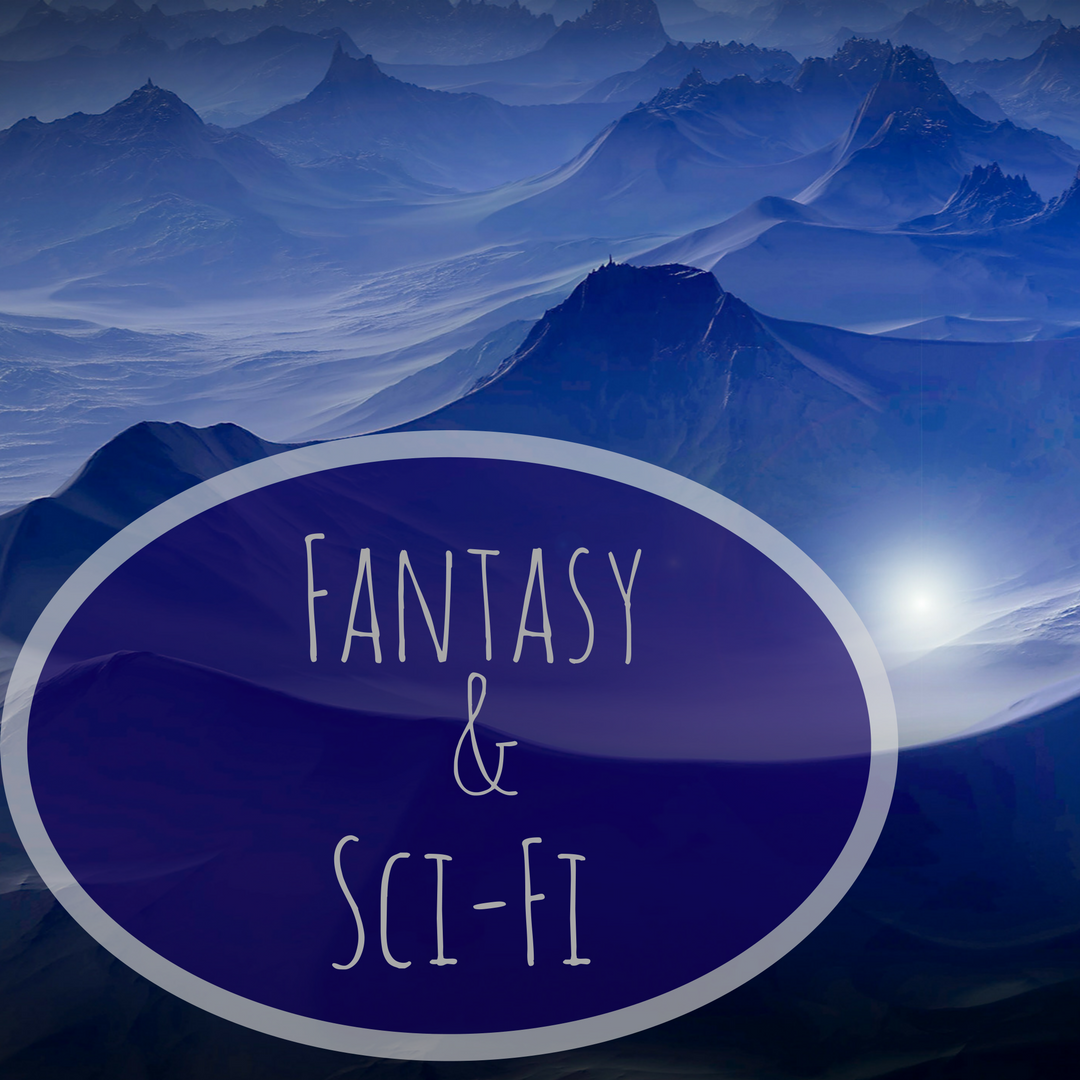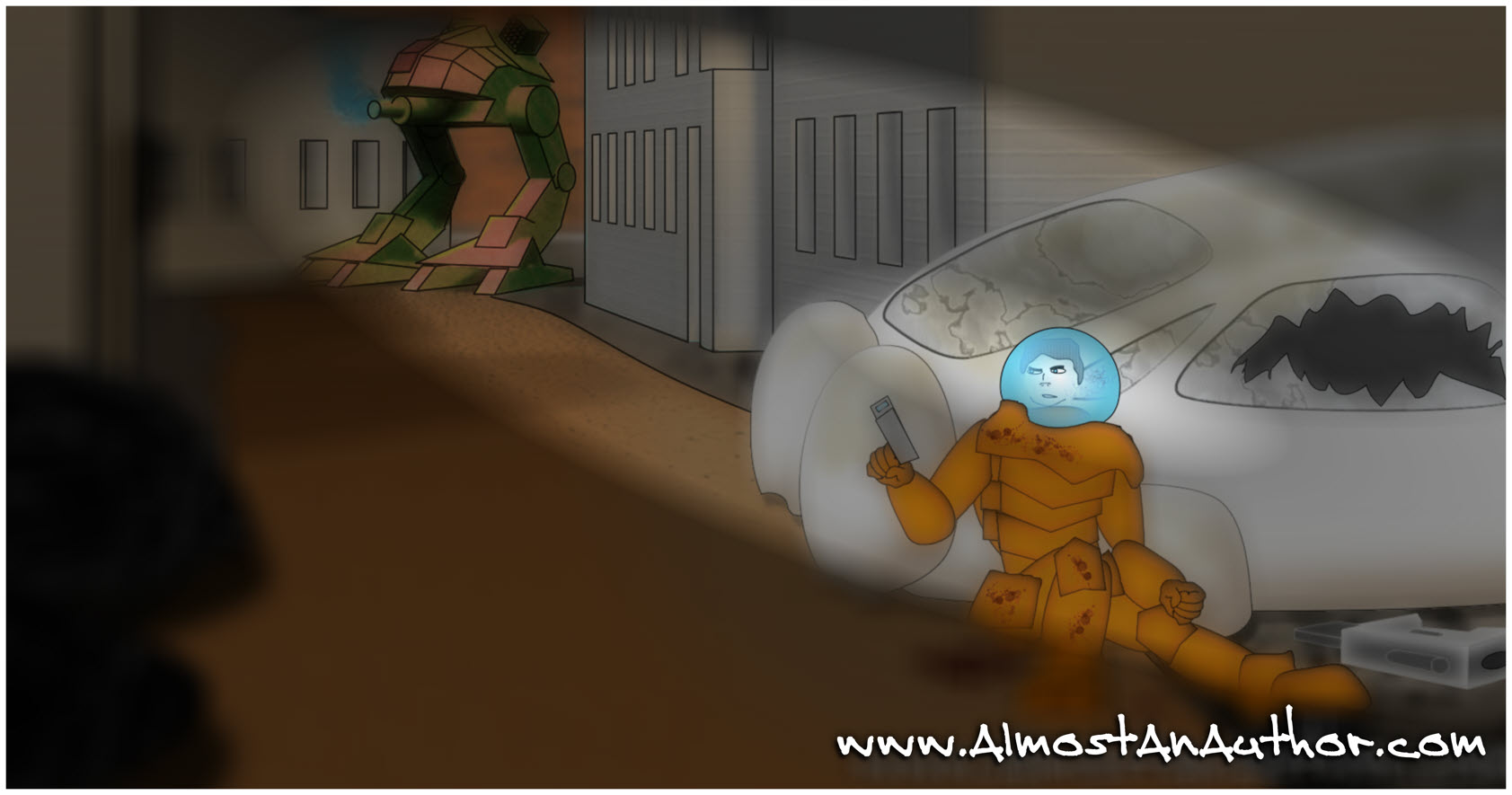There’s something about a good sci-fi story that pulls me in and doesn’t let me go. In those moments, I’m completely satisfied as a passive observer, forgetting all the rules of how we should write active characters, strong plots, and keep the story moving.
I just want to be drawn in (passive), forget the rules (what?!) and let the story take me where it will.
What is it about truly great stories that draw me in this way? There’s a key answer to this question. As writers, if we realize what details in a story bring us to the point where we’re willing to become passive readers—simply for the sake of engaging in the story—it will make us better, active writers.
Here’s the key—find the science in the fiction.
Stories that focus on believability (however unbelievable the plot may be in real life) allow readers the safety net of realism. When realism is built into a story, the fiction aspects can stand on their own.
For instance, take the book Maze Runner.
The situation is something that would (hopefully) never happen in real life: put a bunch of kids in a walled garden, or glade as they call it, and watch them fend for themselves as they try to survive alongside creepy monsters.
There’s nothing relatable about that fiction. The fiction can’t stand on its own because we, as readers, have this thought in the back of our minds: It’s so far-fetched, that would never happen.
But throw some science into the story. Watch them figure out the details of the day and how to survive alongside other teenagers they would never be friends with in whatever used to be their day-to-day lives. The author draws on the psychology of humanity, of teens, and then uses that to drive the plot.
At its core, Maze Runner is a survival story.
What goes into survival? Science. Grab your psychology textbook from freshman year and in it you’ll find Maslow’s Hierarchy of Needs. It’s a simple pyramid structure showing what we need as individuals, from a basic need for food and water, all the way up to self-actualization.
Maze Runner focuses on the second level—safety needs.
Adding relatable, scientifically proven aspects to a science-fiction book goes a long way in helping readers engage with the story.
We’ve all felt the desire to be safe.
So, when we turn the page and monsters come out of the maze, attacking our favorite characters, we don’t mentally stop to think, would they really want to be safe from monsters though?
No way! The author already established the credibility of his work, basing it in actual science. When the fictional aspects come along, we’re already drawn into the story.
The fiction stands on its own, because it’s rooted in science.
That’s what makes great science-fiction.
That’s believable.
And believable sells.

Sarah Rexford is a Marketing Content Writer, working with brands to grow their audience reach. She studied Strategic Communications at Cornerstone University and focused on writing during her time there, completing two full-length manuscripts while a full-time student. Currently she trains under best-selling author Jerry Jenkins in his Your Novel Blueprint course and is actively seeking publication for two books.
Instagram: @sarahjrexford
Twitter: @sarahjrexford
Web: itssarahrexford.com







No Comments